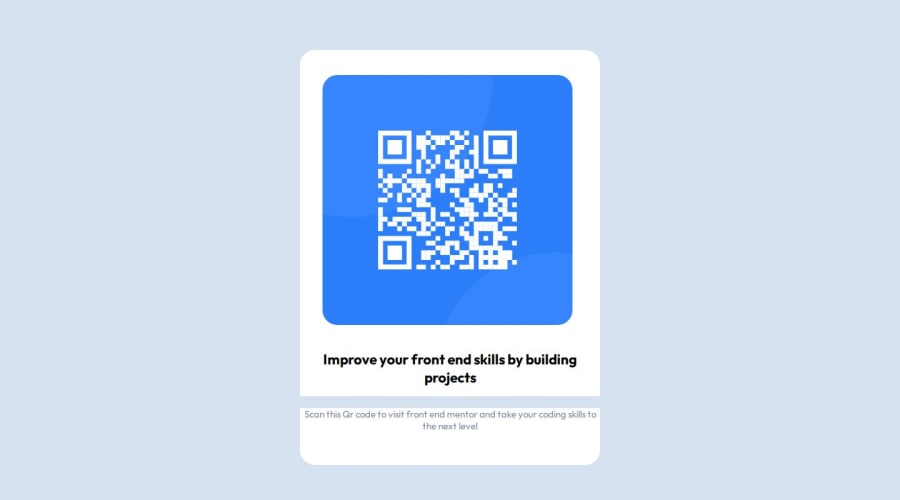
Design comparison
SolutionDesign
Solution retrospective
What are you most proud of, and what would you do differently next time?
I was able to code most of it on my own didn't need much help.
What challenges did you encounter, and how did you overcome them?Challenges faced -
- not able to quite spread the image in the div container as shown in the preview photos
- Had problem commiting changes in github
with the css part
Community feedback
Please log in to post a comment
Log in with GitHubJoin our Discord community
Join thousands of Frontend Mentor community members taking the challenges, sharing resources, helping each other, and chatting about all things front-end!
Join our Discord
